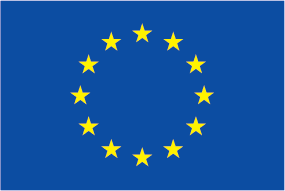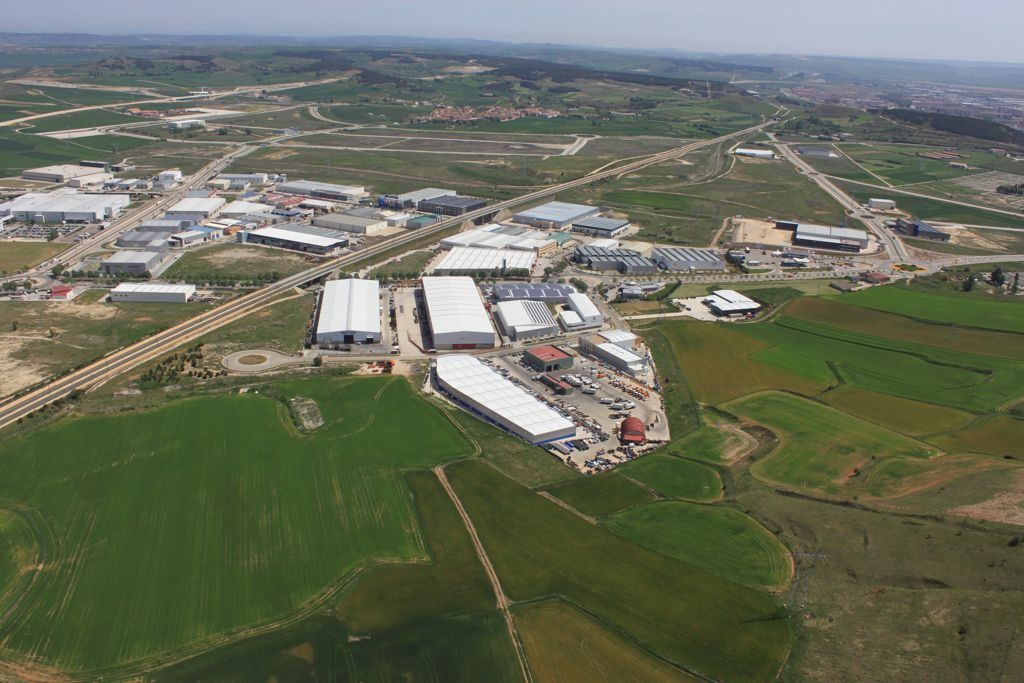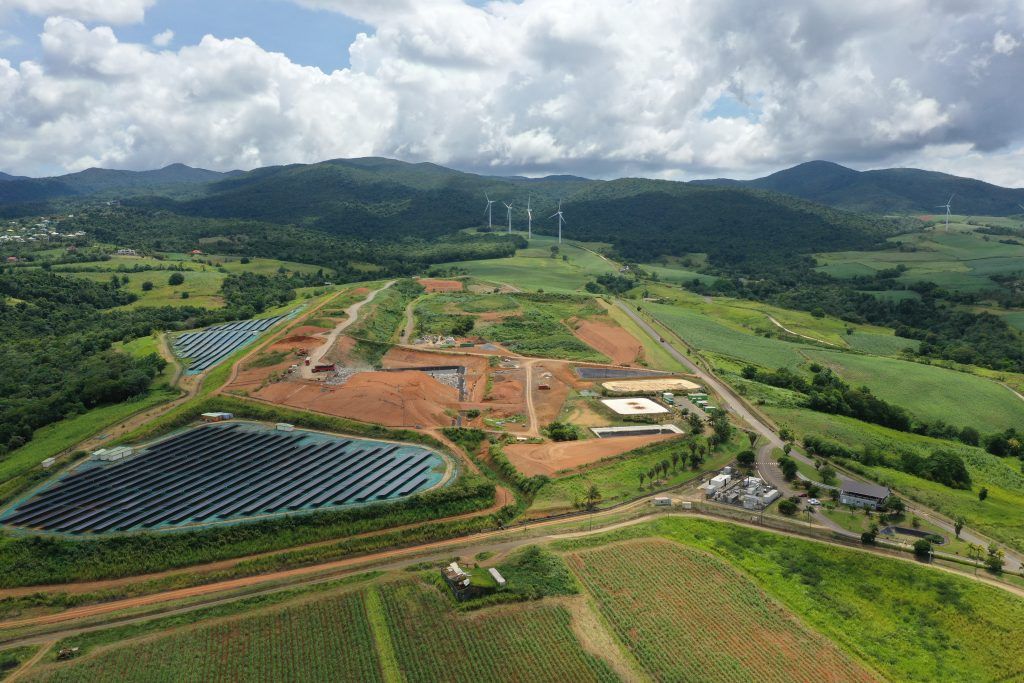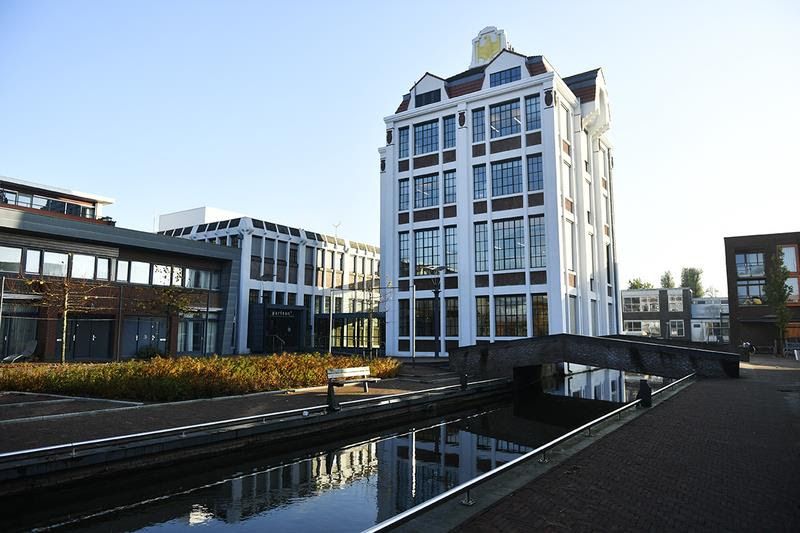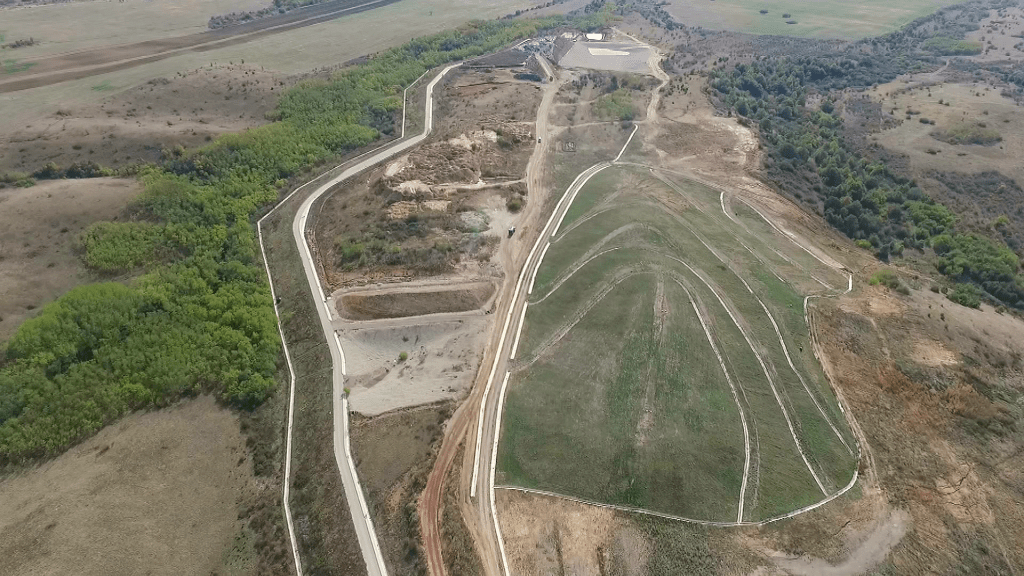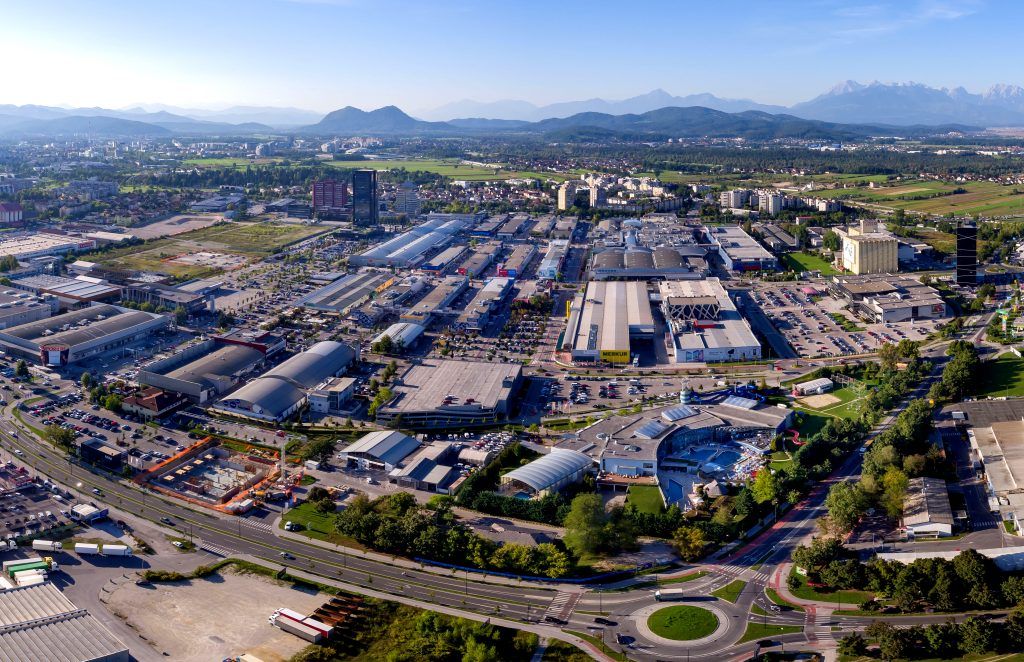A community energy system allows citizens and businesses to power themselves affordably and securely even in times of energy crisis. But to realise this potential across Europe, we first need to change how we assess, support and fund these communities.
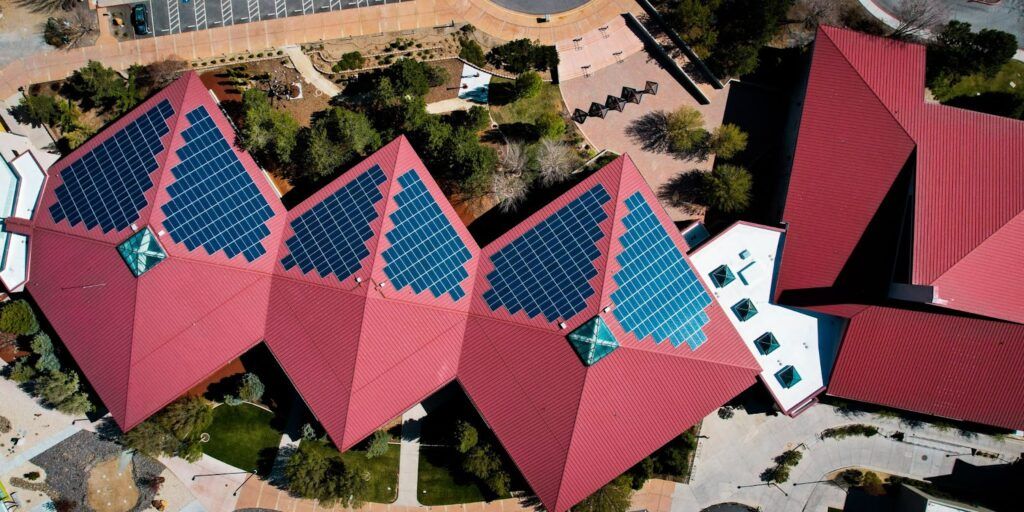
Imagine your energy didn’t have to come from a distant power plant. Instead, it would be generated by the crowdfunded solar panels on the roof of your child’s kindergarten.
The sight would be reassuring. Your electricity would cost a fraction of a standard utility bill because most of it would be produced outside your window, insulated from far-off geopolitical events.
On a particularly sunny day when you don’t need the lights on, you’d be comforted to know that your community battery was storing energy for a rainy day. Once the battery was topped up, extra generation could be sold at a community-negotiated rate to the grid to raise money to renovate the local youth club.
This is the promise of Community Energy Systems, or CES. Locally-owned, locally-run renewable generation that makes energy more affordable for struggling families and local businesses. Community energy benefits:
- Local households, who can turn their energy supply from a source of stress to a source of revenue.
- Local businesses, who can benefit from low, predictable energy bills sheltered from the economic and geopolitical trends in wider energy markets.
- Local authorities, who can benefit from reduced energy poverty and enhanced energy efficiency within energy grids
But despite the potential, there is currently no wide-scale deployment of CES anywhere in Europe. Community projects provide less than 0.1% of the retail market for electricity in the European Union. Most projects are small-scale and only a handful integrate the ‘smart’ energy-sharing capabilities that would enable a better, more efficient grid.
Why the gap? As we outline in this article, widespread community energy will only jump from promise to reality with support from public authorities and smarter guidance for investors of all sizes.
CES offers a rare win-win for people and grids
CES brings power to the people. Participants are no longer passive consumers of energy produced hundreds of kilometres away. Instead, citizens and businesses become producers and consumers, with a say in how their energy is produced and used.
Many operating models are still experimental, but the common theme is that the energy community decides how to use its energy. They may choose to:
- Consume their own energy to cut down their energy bills
- Pay for their energy but benefit from a reliable energy supply with verifiably lower emissions.
- Become shareholders in their supply, selling excess energy to nearby buildings when demand is highest. Instead of paying to receive electricity, a community gets paid to produce it.
Zoom out and the efficiency of this system becomes clear. If energy stays within a smart local grid, connected homes and businesses can push electricity to one another when needed. Using power close to the site of production lowers transmission losses, because the further you move electricity, the more you lose. For regional energy managers, smart local electricity generation will also help to ease the mounting costs of addressing district grid congestion.
Ongoing applications of CES show potential
Two innovative community energy projects demonstrate the diverse potential use cases for CES in energy production:
Power to the community in Tartu, Estonia

A small group of citizens in Tartu are planning an ambitious experiment in community-run energy. In close collaboration with the local government, as many as 50 families will form a cooperative to crowdfund their own power station – a set of solar panels installed on the roof of the local kindergarten. Solar panels installed on nearby apartment buildings will further increase production at a later stage.
The electricity produced will be shared between the kindergarten, residents of the apartment building, and families within the cooperative, keeping energy bills low. The cooperative plans to make excess electricity available to other buildings in the local area, providing the energy community with an income.
Work is ongoing to ensure the community can legally access the public building for cooperative production and fairly distribute electricity and revenues. But the project will be the first energy cooperative operating in Estonia when finished, and a role model for community energy deployment in Eastern Europe.
Sharing generation for business solidarity in Port of Barcelona, Spain

The Port of Barcelona has invested in a sophisticated solar-powered energy community for its resident businesses. Built across a chain of production sites, including a fish market and an ice factory, the system will give participants much-needed relief from growing energy bills.
The Port will follow a ‘collective self-consumption’ model, in which generation assets will share electricity amongst connected buildings based on when demand is highest.
The Port’s fish market will have higher energy requirements during trading hours, meaning other islands will route power there during the morning. The on-site ice factory will be equipped with Energy Management Software to shift its energy consumption when sunny spells lead to peak generation.
Excess energy will be stored in an on-site battery to manage loads and optimise the opportunity to sell back to the grid or receive a discount on future energy bills.
Here we see the elegance of Community Energy Systems. Linking buildings with different energy profiles in the same energy community maximises the supply of energy used locally. This minimises losses from electricity transmission back to the grid and increases overall energy efficiency.
The barriers to entry in CES remain high
The European Commission has an ambition for up to 45% of Europe’s energy to be generated and managed locally. Community energy will be part of this, but it currently makes up less than 0.1% of retail markets. Before CES can take off across Europe, we must address the following challenges:
CES is new and unproven
Community Energy combines innovative technologies with novel business models. Though large-scale private actors have deployed the technology, and community business models have worked across Europe, the absence of standardised methods to describe, assess and compare community deployments has resulted in limited actionable data for investors.
This lack of track record creates a chicken-egg problem. Investors cannot convert uncertainty into understandable risk, lowering confidence in receiving their expected return. This ensures that costs of capital remain prohibitively high and prevents the assessment and financing of CES at scale.
Understanding the risks associated with CES is challenging
It’s not just that CES is new. The small-scale nature of community projects means business cases are localised and specific. Uneven regulation and market conditions across Europe means no two communities operate in directly comparable conditions. This presents challenges for the creation of the standardised assessment methods required to get investment flowing.
Communities and municipalities struggle with where to start
Given the financial and regulatory complexity of community energy, it’s not surprising that communities and authorities often feel lost when starting their journey to CES. 43% of municipal governments report a lack of technical capacity as a key obstacle to the realisation of an energy community.
Where community energy systems need to go next
The distance between today’s landscape and Europe’s bold vision for a local energy future begs the question – where does community energy go from here?
Public authorities have a role in sparking community energy
At least to begin with, patient public capital – potentially blended with private finance – must bridge the implementation gap. This can take several forms. Preferential loans, grants, feed-in tariffs, or tax credits for communities all bring communities closer to their goal of autonomous energy production.
Though public authorities may be hesitant to invest in new production models in the current economic climate, the long-term need is becoming increasingly clear. Energy poverty and spiking energy bills are fast becoming central issues for both urban and rural populations. Smarter local energy use can also avoid costly and damaging congestion in grids transitioning rapidly to a renewable energy network dominated by electricity.
Investors and lenders need guidance before plugging in
Forward-thinking authorities cannot bring CES to scale alone. The long-term future for Community Energy Systems must include private investment. This won’t happen until investors and funders can understand the risk for their money.
To lower this barrier, the EU-funded CREATORS consortium is working on a comprehensive Standardised Investment Protocol, defining and enabling the mitigation of risks at every stage of a project life cycle.
Conclusion: The need for more informed investment in CES
Community Energy Systems show early potential to deliver efficient, socially beneficial energy solutions. Citizens, businesses and local authorities all stand to benefit from an energy supply which they control and have a stake in. In the process, community-run energy solutions can improve energy efficiency and grid health for cities.
For this to happen, local authorities and public funding bodies should support community energy systems to enable the assessment of diverse business and delivery models. In parallel, CES needs a straightforward, robust set of investment assessment measures to help banks, cooperatives and individuals reliably understand their exposure to risk. Informing investors and lenders in this way aims to power a virtuous cycle of scaling investment.
The CREATORs consortium, an EU-funded project to support community energy innovators, has already begun this work. The consortium is:
- Identifying common technology and business model combinations, to categorise types of community energy and allow performance data to be compared.
- Developing a Community Energy Lifecycle, a way of thinking through community energy that simplifies project development and identifies risks for specific parties. This will reduce uncertainty and enable financiers to cost their capital more accurately.
- Standardising the use of data required for investment-grade project assessment and auditing, helping build a robust track record for future projects.
These tools will be available to financiers and also to communities who need guidance on where to start their journey for investment. CREATORS aims for these tools to accelerate the pipeline of CES projects in development across Europe.
The remaining work in this area will define investor requirements and response templates, approaches to risk mitigation, and the synthesis and digitalisation of key activities and community tasks. This will then be tested, developed and deployed in partnership with our European pilots, creating a robust and cost-effective Standardised Investment Protocol for all community energy actors across the continent.
CREATORS believes that energy communities will be part of a better European energy system. But only if we charge up investor confidence and plug in the investment needed.
To identify how Europe can make the leap to community energy systems, the EU-funded CREATORS consortium is bringing together partners with a shared mission to support local innovators to launch successful Community Energy Systems (CES). Both the Port of Barcelona and Tartu communities are supported by CREATORS. Tartu is also a recipient of the Energize Community project (funded by the EU’s Interreg BSR)
On behalf of CREATORS, Bax & Company and EnergyPro investigated the barriers preventing the effective financing of these systems, and proposed ways to overcome them. Read the full results here.

